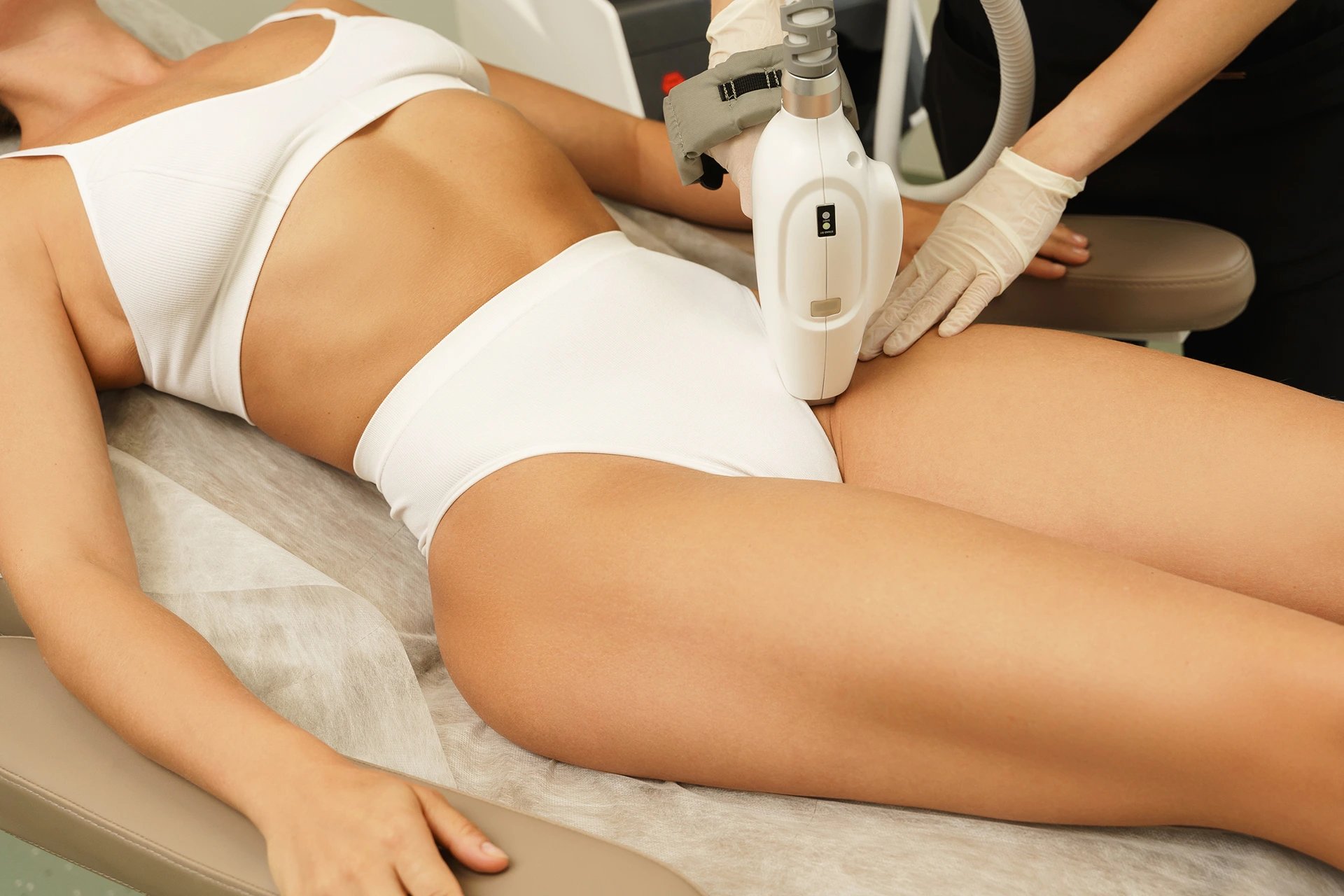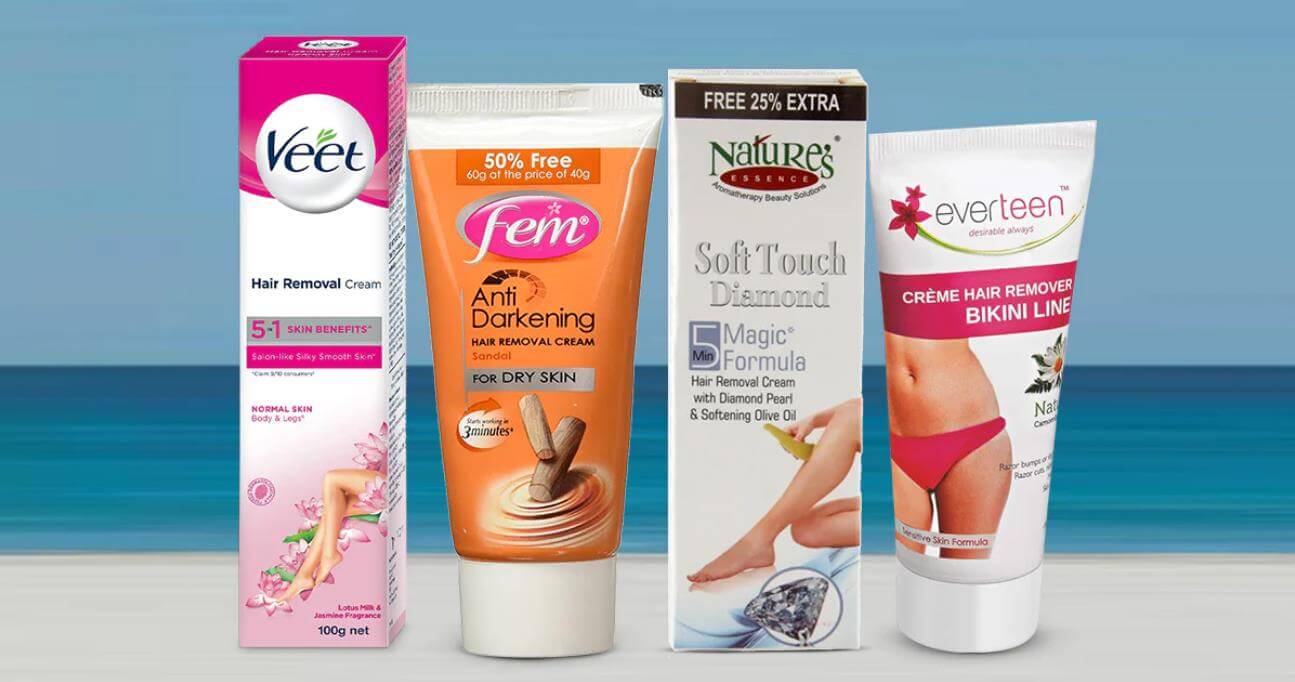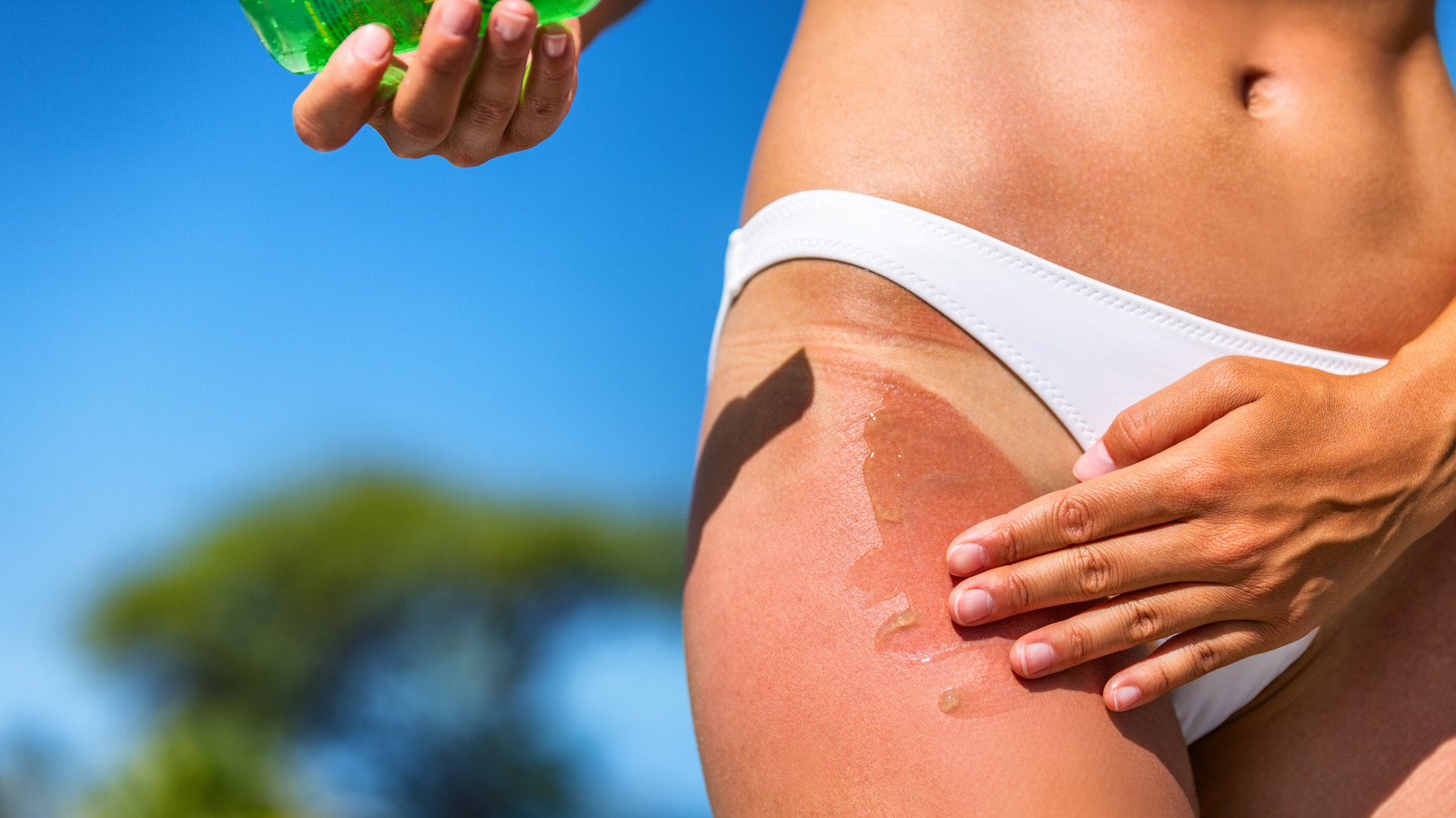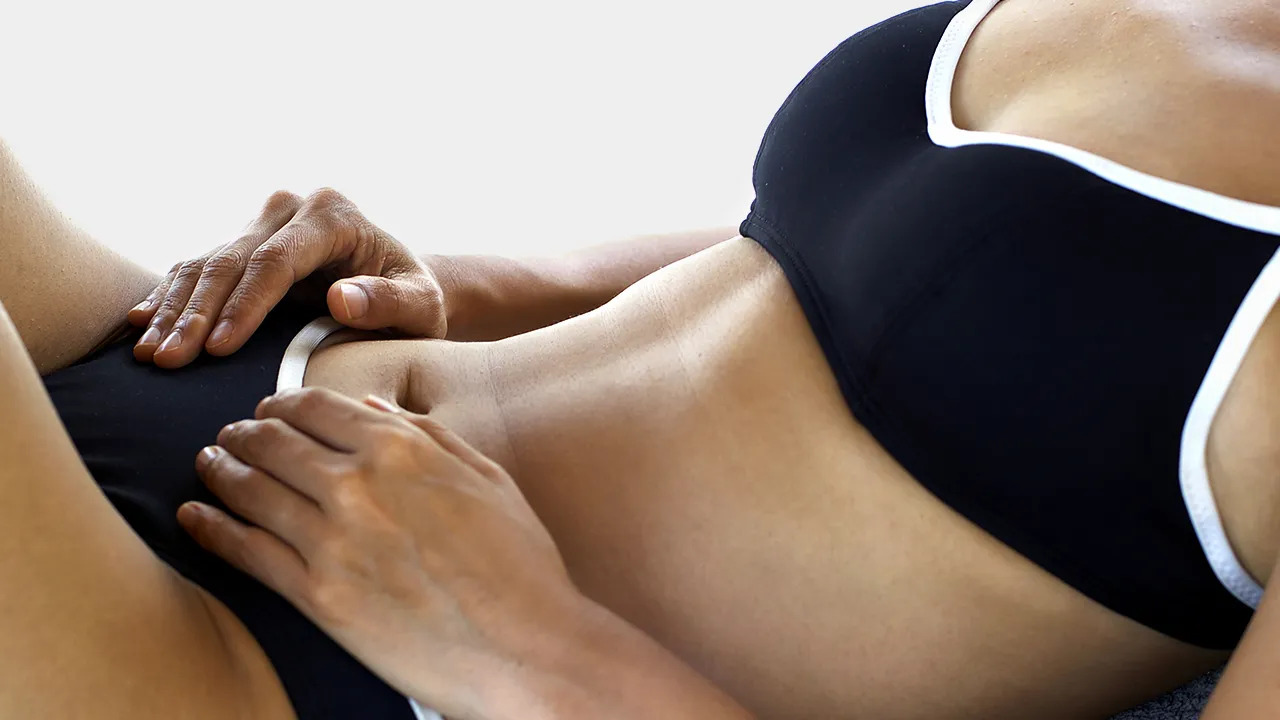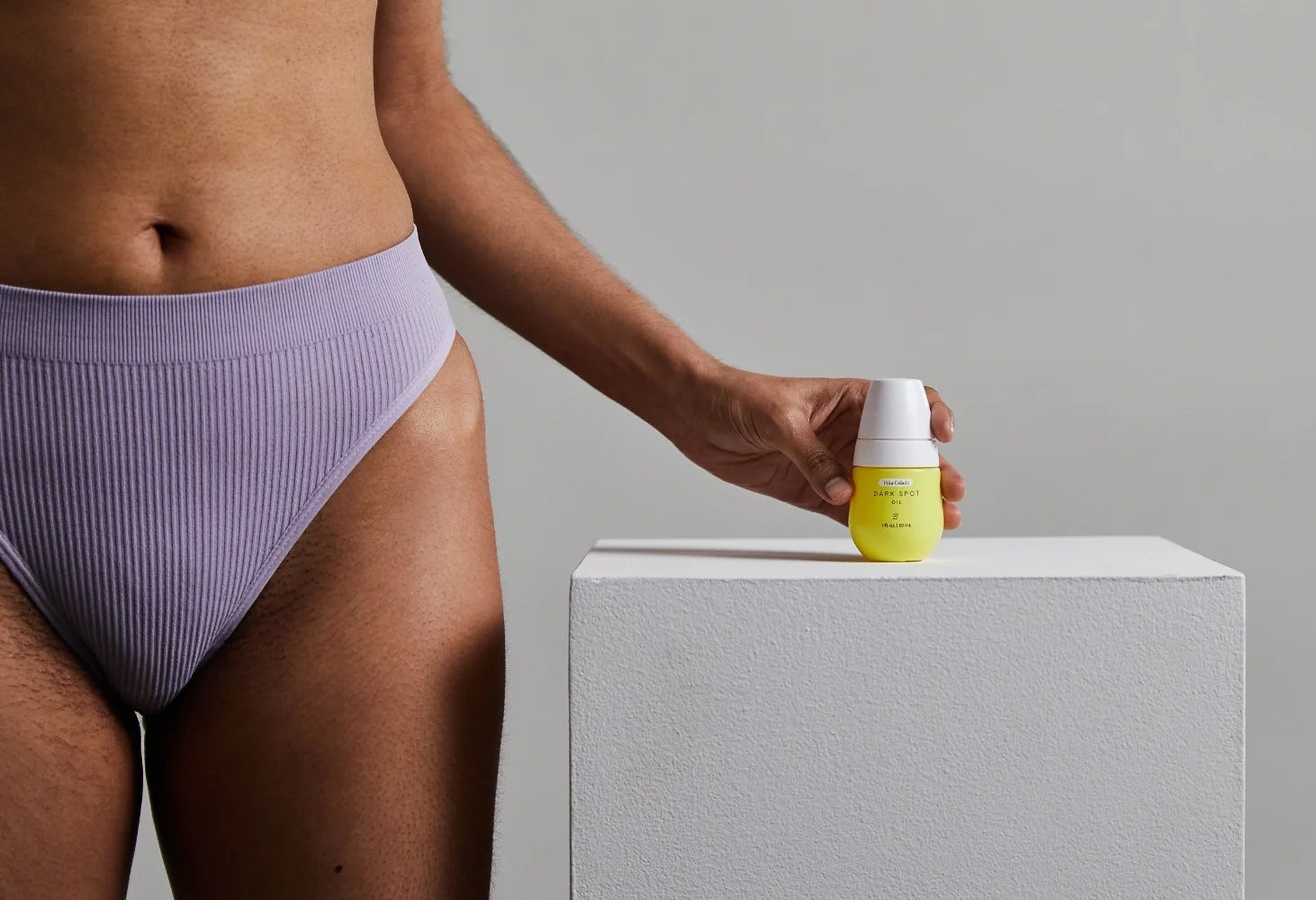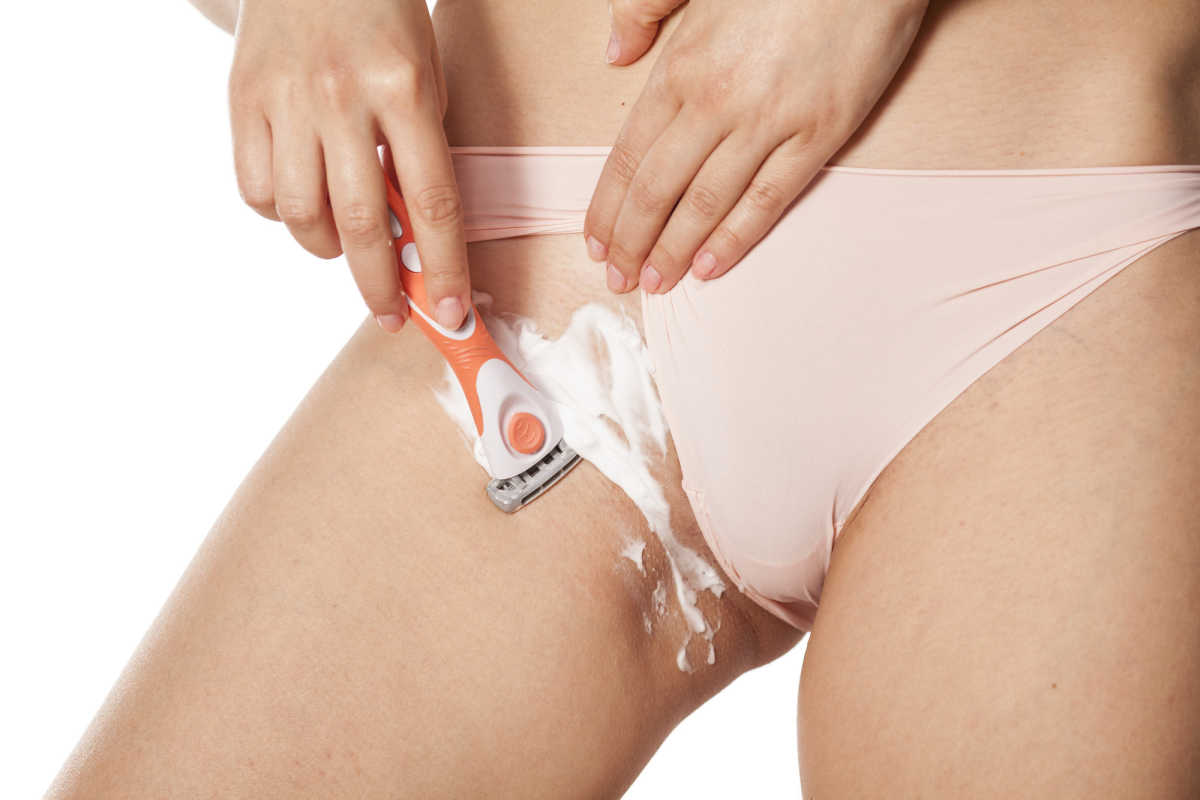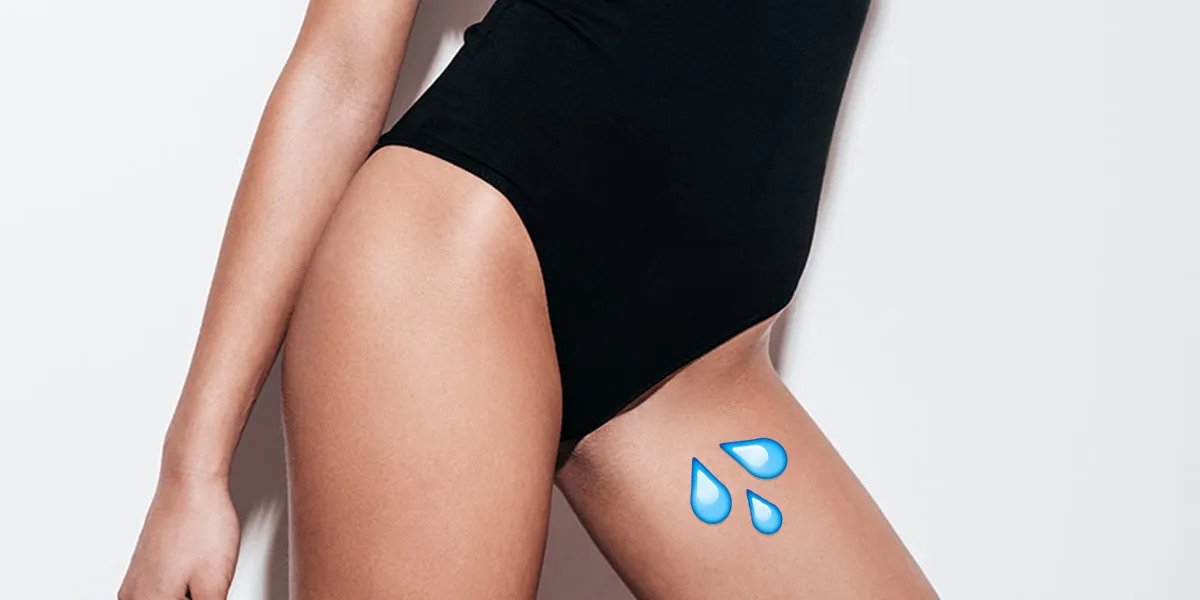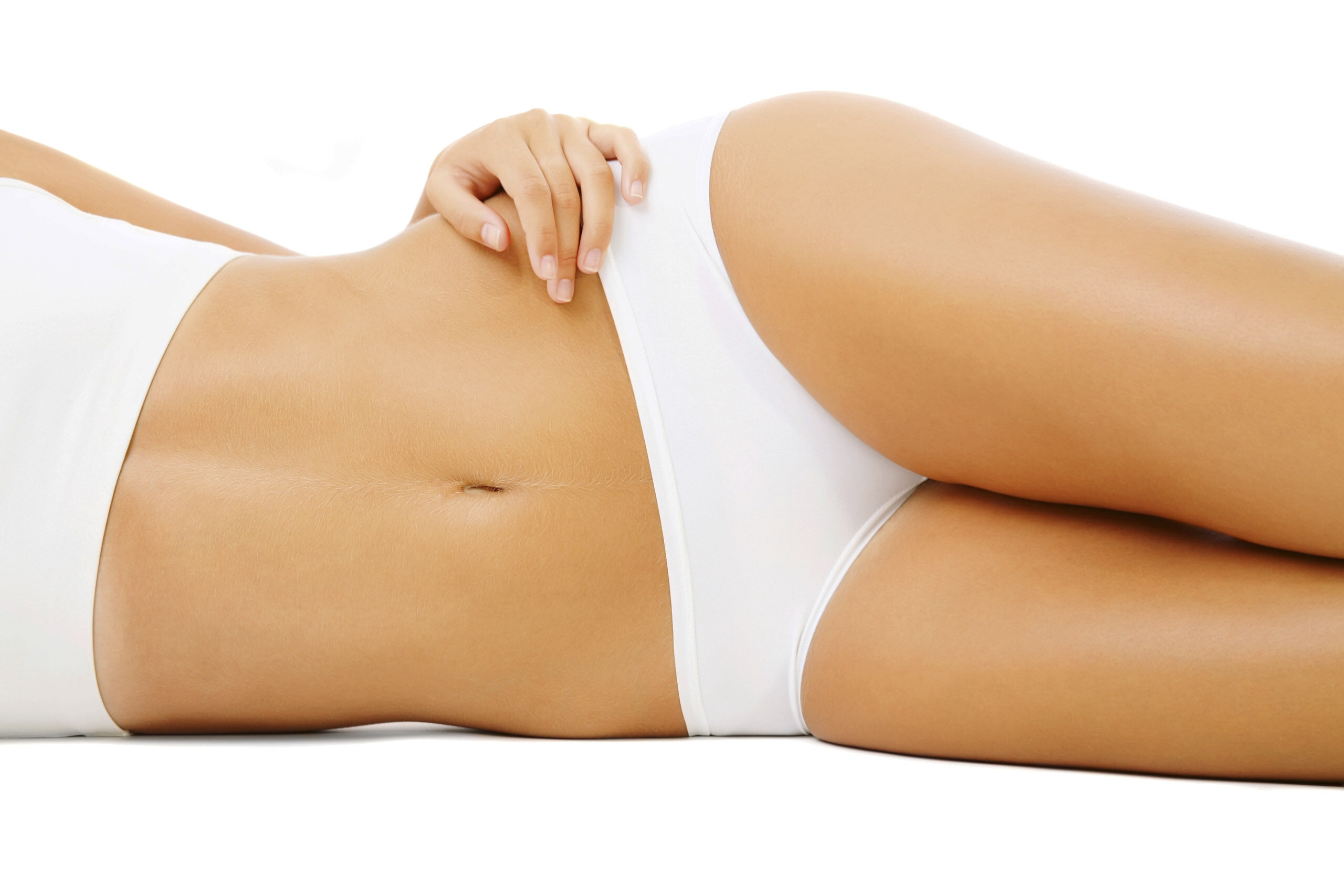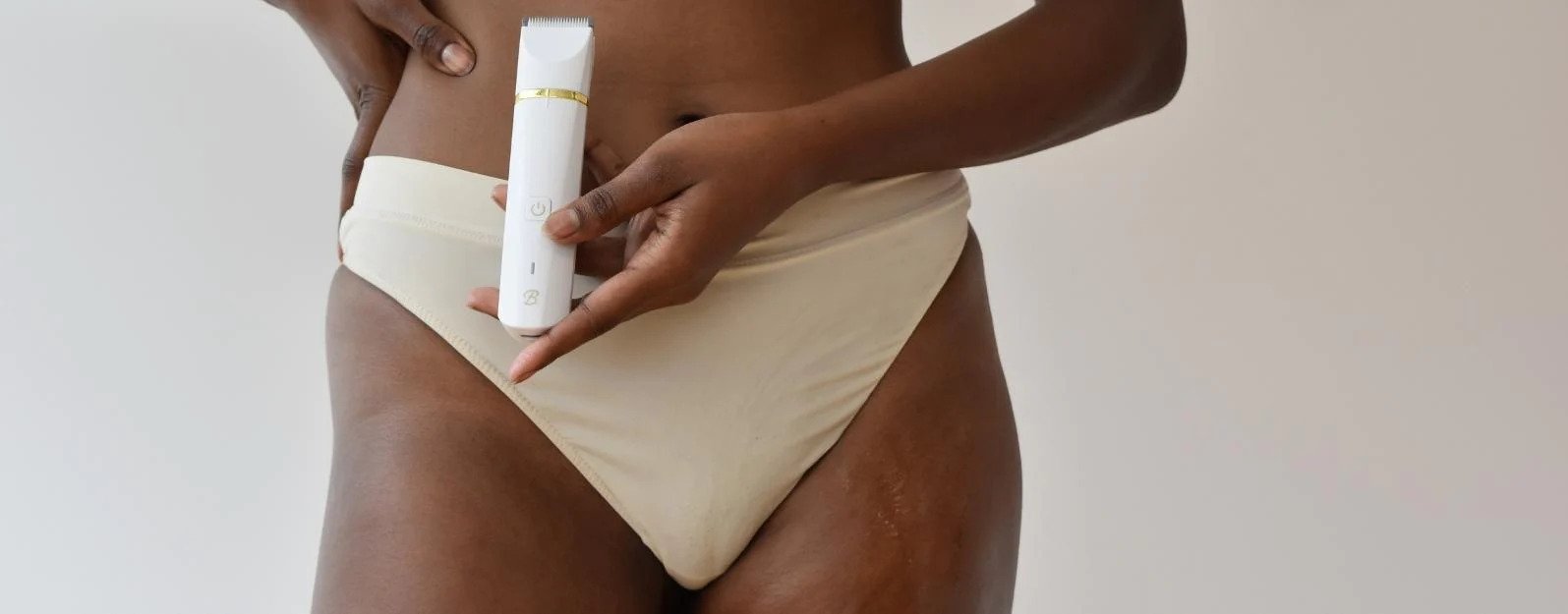Home>How-to Guides>For Women>How To Wax Bikini Area With Hard Wax
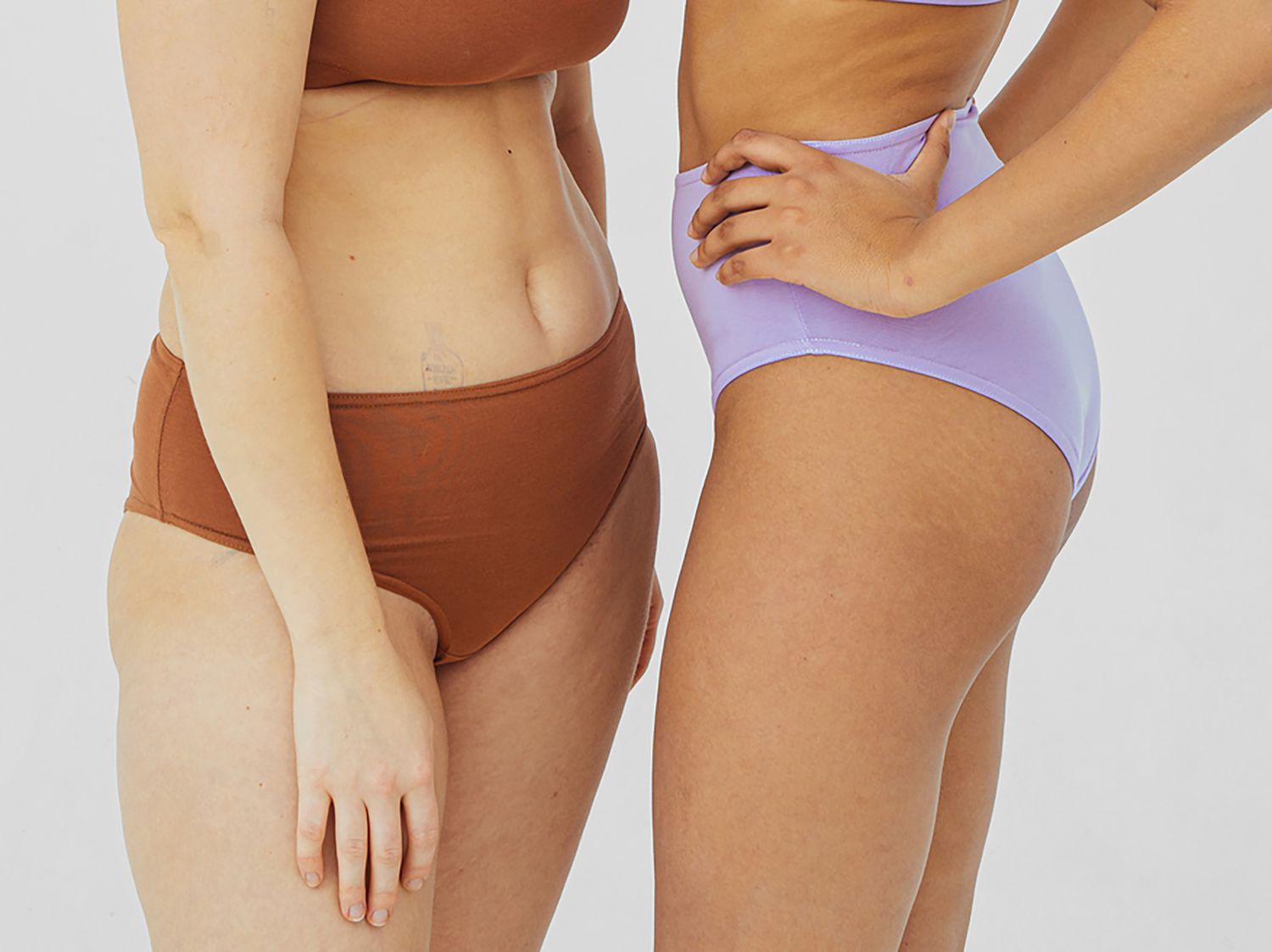

For Women
How To Wax Bikini Area With Hard Wax
Modified: September 23, 2023
Learn the best techniques and tips for waxing your bikini area with hard wax. Perfect for women who want a smoother and longer-lasting hair removal method.
(Many of the links in this article redirect to a specific reviewed product. Your purchase of these products through affiliate links helps to generate commission for Under-tec.com, at no extra cost. Learn more)
Table of Contents
Introduction
Welcome to the ultimate guide on how to wax your bikini area using hard wax. If you’re tired of the hassle and discomfort of shaving or using chemical hair removal products, waxing can be an excellent alternative. Not only does waxing provide longer-lasting results, but it also helps to slow down hair regrowth over time.
When it comes to bikini waxing, using hard wax is particularly popular and effective. Hard wax is a type of wax that is melted and applied directly to the skin. Unlike strip wax, it hardens as it cools and is then removed by gently lifting it off without the need for a strip. This makes it perfect for sensitive areas like the bikini area.
Waxing your bikini area with hard wax requires some preparation and technique to ensure a successful and comfortable experience. With the right knowledge and step-by-step approach, you can achieve salon-quality results at home. In this guide, we will cover everything you need to know, from preparation before waxing to aftercare tips.
So, if you’re ready to say goodbye to razor burns and pesky ingrown hairs, let’s dive into the world of bikini waxing with hard wax.
What is hard wax?
Hard wax, also known as stripless wax or hot wax, is a type of wax commonly used for hair removal. Unlike other types of wax, such as soft wax or strip wax, hard wax does not require a strip to remove it. Instead, it hardens as it cools and is then lifted off directly from the skin.
Hard wax is made from natural ingredients, typically a combination of beeswax and resin. It is heated until it reaches a meltable consistency and then applied to the desired area. As the wax cools, it solidifies and adheres to the hair follicles, allowing for efficient and effective hair removal.
One of the main advantages of hard wax is its suitability for sensitive areas, such as the bikini area. Since it adheres to the hair and not the skin, it minimizes discomfort and irritation during the waxing process, making it a preferred option for those with sensitive skin.
Another benefit of using hard wax is its ability to remove both coarse and fine hairs. It works by encapsulating the hair as it hardens, allowing for a clean and precise removal without the risk of breakage or missed patches. This results in smoother, longer-lasting results compared to other hair removal methods.
Furthermore, hard wax is a hygienic choice as it eliminates the risk of double-dipping. With strip wax, a single strip is used to remove hair from multiple areas, which increases the risk of cross-contamination. In contrast, hard wax is applied directly to the skin and then removed individually, ensuring a more sanitary and safe hair removal process.
Overall, hard wax offers a gentle and effective way to remove unwanted hair in sensitive areas like the bikini area. Its unique qualities make it a popular choice for both professional salons and home users looking for a reliable and less painful hair removal solution.
Preparation before waxing
Preparing your skin before waxing is crucial to ensure a successful and comfortable experience. Follow these essential steps to ensure that your bikini area is ready for waxing:
- Trim your hair: Before waxing, it’s important to trim the hair in your bikini area to a manageable length. If the hair is too long, it can cause more pain during the waxing process and make it more difficult for the wax to grip the hair effectively. Trimming the hair to about a quarter-inch length is ideal.
- Cleanse the area: Prior to waxing, thoroughly cleanse your bikini area with warm water and a gentle cleanser. This will remove any dirt, oils, or sweat from the skin, allowing the wax to adhere better and minimize the risk of infection.
- Exfoliate gently: Exfoliating your bikini area a day or two before waxing can help remove dead skin cells and minimize the risk of ingrown hairs. Use a gentle exfoliating scrub or a soft brush to gently buff the skin in circular motions. Avoid exfoliating on the day of waxing to prevent skin irritation.
- Avoid moisturizers: It’s important to avoid applying any moisturizers, lotions, or oils to your bikini area on the day of waxing. Moisturizers can create a barrier between the wax and the hair, making it less effective. Additionally, they can make the skin slippery, causing the wax to slide off instead of gripping the hair.
- Relax and take a pain reliever if necessary: If you’re nervous about the pain associated with waxing, consider taking a pain reliever like ibuprofen about 30 minutes before the session. This can help minimize any discomfort you may experience during the process.
By following these preparatory steps, you can ensure that your skin is in optimal condition for a successful bikini waxing session. Taking the time to properly prepare will help maximize your comfort and the effectiveness of the waxing process.
Steps to waxing the bikini area with hard wax
Waxing the bikini area with hard wax can be done in the comfort of your own home. Follow these step-by-step instructions to achieve a smooth and hair-free bikini area:
- Prepare the wax: Start by melting the hard wax according to the instructions provided with the product. Use a wax warmer or a microwave to heat the wax until it reaches a smooth, spreadable consistency.
- Test the wax temperature: Before applying the wax to your bikini area, it’s crucial to check the temperature to avoid any burns. Take a small amount of wax and apply it to a sensitive area of your body, such as the inside of your wrist or forearm. If it feels comfortable and not too hot, proceed to the next step. If it’s too hot, allow the wax to cool down slightly before testing again.
- Cleanse and dry the bikini area: Use a gentle cleanser to cleanse the bikini area and pat it dry with a clean towel. Ensuring the skin is clean and dry will help the wax adhere better and improve the overall waxing experience.
- Apply the wax: Using a waxing spatula, apply a thin, even layer of hard wax to a small section of your bikini area. Apply the wax in the direction of hair growth, ensuring to leave a small tab at the end for easy removal.
- Let the wax cool: Allow the applied wax to cool and harden for a few seconds. You will know it’s ready when you can touch it without the wax sticking to your finger. Avoid waiting too long, as the wax needs to be removed while it’s still pliable.
- Remove the wax: Once the wax has hardened, hold the skin taut with one hand and use the other hand to grip the end of the wax tab. Pull the tab off in one swift motion against the direction of hair growth. Keep your hand close to the skin for a cleaner and less painful removal.
- Repeat the process: Continue applying the wax and removing it section by section until you have removed all the unwanted hair from your bikini area. Remember to always work in small patches to avoid excessive pain and ensure better hair removal.
- Remove any residual wax: If there is any leftover wax on your skin after waxing, use a post-wax oil or baby oil to gently remove it. This will help soothe the skin and prevent any stickiness.
- Relieve any discomfort: After waxing, apply a soothing lotion or aloe vera gel to calm and comfort your skin. Avoid using products with harsh chemicals or fragrances, as they may cause irritation.
By following these steps, you can achieve a successful bikini wax using hard wax in the comfort of your own home. Remember to take your time and be gentle to minimize any discomfort during the process.
Tips for a successful bikini wax with hard wax
Waxing your bikini area with hard wax can be a challenging task, especially if you are new to the process. Here are some tips to help you achieve a successful and comfortable bikini wax:
- Choose the right wax: Select a high-quality hard wax specifically designed for sensitive areas like the bikini area. Look for a wax that contains soothing ingredients like aloe vera or chamomile to minimize irritation and redness.
- Exfoliate regularly: To prevent ingrown hairs, exfoliate your bikini area regularly in between waxing sessions. Use a gentle scrub or exfoliating brush to remove dead skin cells and keep the hair follicles clear. Avoid exfoliating immediately before or after waxing, as it may cause skin irritation.
- Stretch the skin: To minimize discomfort during waxing, make sure to stretch the skin taut with one hand while removing the wax with the other. This helps to reduce the pain and ensures a cleaner and more effective hair removal process.
- Trim hair to the right length: Before waxing, make sure to trim your bikini hair to the recommended length of about a quarter-inch. If the hair is too long, it can be more painful to remove, while hair that is too short may not adhere properly to the wax.
- Apply powder for better grip: If you have naturally oily skin, applying a small amount of talcum or baby powder to the bikini area can help absorb excess moisture and oils, improving the grip of the wax on the hair.
- Breathe and relax: Waxing can be a bit uncomfortable, especially in sensitive areas. Take deep breaths and try to relax your muscles during the process. This can help minimize pain and tension in the bikini area.
- Take breaks if needed: If you find the waxing process too uncomfortable, take short breaks in between sections. This can give you a moment to regather your composure and make the experience more manageable.
- Maintain regular waxing schedule: To achieve the best results, it’s important to maintain a regular waxing schedule. Aim to wax every four to six weeks, as this helps to weaken the hair follicles, resulting in finer regrowth over time.
- Seek professional help if needed: If you’re finding it difficult to wax your bikini area at home, consider seeking the assistance of a professional esthetician. They have the experience and expertise to perform the waxing procedure with precision and minimal discomfort.
By following these tips, you can make your bikini waxing experience with hard wax more successful and less painful. Remember, practice makes perfect, so don’t be discouraged if you don’t get it right the first time. With time and experience, you’ll become more confident and proficient in achieving a smooth bikini area.
Common mistakes to avoid while waxing the bikini area
Waxing your bikini area with hard wax can be a challenging process, especially if you’re new to it. To ensure a successful and comfortable experience, it’s important to be aware of common mistakes and avoid them. Here are some common mistakes to steer clear of while waxing your bikini area:
- Using the wrong temperature: One of the most common mistakes is using wax that is either too hot or too cold. If the wax is too hot, it can cause burns and discomfort, while wax that is too cold will not adhere properly to the hair. Test the temperature of the wax before application to ensure it’s at an optimal and safe level.
- Applying too much wax: Applying a thick or excessive layer of wax to the bikini area is a common mistake. This can make it difficult for the wax to harden properly and adhere to the hair. Apply a thin and even layer of wax to ensure effective hair removal.
- Pulling the wax in the wrong direction: Another mistake is pulling the wax in the wrong direction. To achieve the best results, always pull the wax strip or tab against the direction of hair growth. This ensures that the hair is pulled out from the root, leading to smoother and longer-lasting results.
- Waxing over the same area multiple times: It’s important to avoid waxing over the same area multiple times, as this can lead to skin irritation and discomfort. If there are residual hairs left after removing the wax, use tweezers to pluck them instead.
- Waxing during or close to menstruation: Waxing can be more painful and sensitive during or close to your menstrual cycle. Hormonal changes during this time can make the skin more sensitive, so it’s best to schedule your waxing appointment accordingly.
- Not exfoliating before waxing: Skipping exfoliation before waxing is a common mistake. Exfoliating helps remove dead skin cells and allows the wax to adhere better to the hair. Make sure to exfoliate a day or two before your waxing session for optimal results.
- Pulling the wax too slowly: When removing the wax, it’s important to pull it off swiftly and in one quick motion. Pulling the wax too slowly or hesitating can make the process more painful and less effective.
- Skipping aftercare: Aftercare is an essential step in the waxing process. Skipping aftercare can lead to skin irritation, ingrown hairs, and redness. Make sure to follow the recommended aftercare routine, which includes applying a soothing lotion or oil and avoiding activities that may cause excessive sweating.
By being mindful of these common mistakes, you can have a more successful and comfortable bikini waxing experience. Take your time, follow the proper techniques, and maintain a consistent aftercare routine for the best results.
Aftercare tips for a smooth and irritation-free result
Proper aftercare is essential to ensure a smooth and irritation-free result after waxing your bikini area with hard wax. Follow these aftercare tips to maintain the health and appearance of your skin:
- Avoid hot showers or baths: In the first 24 hours after waxing, it’s important to avoid hot showers or baths, as the heat can irritate the freshly waxed skin. Stick to lukewarm water instead.
- Avoid tight clothing: Opt for loose-fitting clothing in the first few days after waxing. Tight clothing can rub against the skin and cause irritation or ingrown hairs.
- Avoid sun exposure: Sun exposure can cause further sensitivity and damage to the freshly waxed skin. If you need to be in the sun, make sure to apply sunscreen with a high SPF to protect the area.
- Avoid physical activities: Try to avoid heavy workouts, swimming, or any activities that may cause excessive sweating or friction in the waxed area for at least 24-48 hours after waxing.
- Avoid exfoliation: Steer clear of any exfoliation in the waxed area for the first few days after waxing. Exfoliation can further irritate the skin and increase the risk of ingrown hairs.
- Moisturize regularly: Keep the waxed area moisturized with a gentle, non-comedogenic lotion or oil. Moisturizing helps soothe the skin and keeps it hydrated, reducing the risk of dryness and irritation.
- Avoid touching or scratching: It’s essential to avoid touching or scratching the waxed area, as this can introduce bacteria and cause irritation or infection. If you experience any itching, use a cold compress or apply a soothing lotion to alleviate the discomfort.
- Avoid shaving between waxing sessions: Resist the temptation to shave any regrowth between waxing sessions. Shaving can disrupt the hair growth cycle and lead to coarser regrowth. Stick to your regular waxing schedule for the best results.
- Consider using ingrown hair prevention products: If you are prone to ingrown hairs, you might want to consider using ingrown hair prevention products. These products usually contain exfoliating agents or anti-inflammatory ingredients to help prevent ingrown hairs and soothe the skin.
By following these aftercare tips, you can maintain a smooth and irritation-free bikini area after waxing with hard wax. Consistency in aftercare is key to promoting healthy skin and reducing any potential side effects, ensuring you enjoy long-lasting results from your waxing sessions.
Conclusion
Waxing your bikini area with hard wax can be a game-changer when it comes to achieving smooth, hair-free skin. By following the right techniques and taking proper precautions, you can have a successful and comfortable waxing experience at home.
Hard wax provides a gentle and effective way to remove hair from sensitive areas like the bikini area. Unlike other types of wax, it adheres to the hair and not the skin, resulting in less discomfort and irritation. Additionally, hard wax is hygienic, as it eliminates the risk of cross-contamination.
Before waxing, it’s crucial to prepare your skin properly. Trim the hair to a manageable length, cleanse the area, and exfoliate gently to remove dead skin cells. Avoid moisturizers and take a pain reliever if necessary.
When waxing your bikini area with hard wax, follow the step-by-step instructions carefully. Remember to test the temperature, apply the wax in the direction of hair growth, and remove the wax swiftly against the hair growth. Take breaks if needed and focus on maintaining a regular waxing schedule for optimal results.
Aftercare is equally important for a smooth and irritation-free result. Avoid hot showers, tight clothing, sun exposure, and physical activities. Moisturize regularly and resist the urge to touch or scratch the waxed area. Follow these aftercare tips to keep your skin healthy and reduce the risk of ingrown hairs.
By avoiding common mistakes and following these guidelines, you can achieve a salon-quality bikini wax with hard wax in the comfort of your own home. Enjoy the benefits of longer-lasting hair removal and smoother skin, all while avoiding the hassle and discomfort of other hair removal methods.
So, say goodbye to razors and chemical hair removal products, and embrace the wonderful world of bikini waxing with hard wax. Reveal your confidence and enjoy silky-smooth skin with this effective and convenient hair removal technique.
